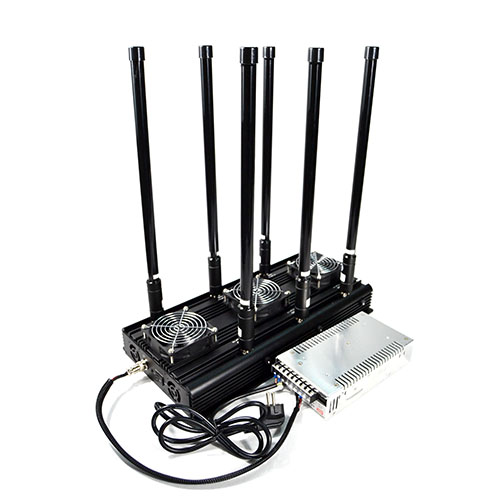At present, under normal circumstances, most consumer drones prefer GPS navigation for flight control, while civil GPS signals are unencrypted, which leaves usable space.
The main principle of GPS spoofing is to send false geographic coordinates to the UAV's control system to control the navigation system and induce the UAV to fly to the wrong place. The GPS signal can be generated by a generator, or it can be recorded and replayed in advance. Since the GPS signal received by the drone is always based on the signal source with the strongest signal, as long as the strength of the artificial GPS signal on the ground is strong enough, it can cover the real GPS signal from space, thereby deceiving the drone. GPS receiver module.
Currently, various countries have set up no-fly zones in the core areas. Many drone manufacturers have set them in the built-in firmware of the drones. In the no-fly zone, the drone cannot take off, even if it reaches the no-fly zone. Automatic landing. Therefore, as long as the artificial GPS signal on the ground simulates the geographic location as the coordinates of the no-fly zone, it can force the drone to land by itself.
Radio hijacking
Now, most of the control signals used by drones are in conventional civilian frequency bands such as 1.2GHz, 2.4GHz, and 5.8GHz. With the rapid development of open source hardware such as Arduino and Raspberry Pi and the popularity of software radio (SDR) technology, ordinary enthusiasts You can also use the hardware purchased from the Internet and the software source code obtained from the forum to simulate the remote control to send control signals to the drone, and cover the signal of the real remote control to gain control of the drone.
Many UAVs directly use Wi-Fi for interaction in order to facilitate users to use mobile devices such as mobile phones and tablets to control. In this way, some hacking techniques that are already mature in the Internet can be directly applied to drones.

For example, through the open ports in the drone jammer control system or password guessing and other means, enter the control system to realize the control of the UAV. The legendary hacker who developed the "Sami worm", Samy Kamkar, used this principle to write a drone hijacking software called "SkyJack" and installed the software on a specially configured unmanned In the plane, SkyJack flies in the air and looks for other drones within Wi-Fi range, and then invades the drone and gains control.
Professionals engaged in anti-drone applications in the industry said that the current domestic anti-drone technology is still in the groping stage. The radio hijacking technology is difficult to achieve due to the encryption of radio signals by the drone manufacturers, and the hacker technology is due to The high threshold is not easy to commercialize, so the current technology is mainly based on interference blocking.
